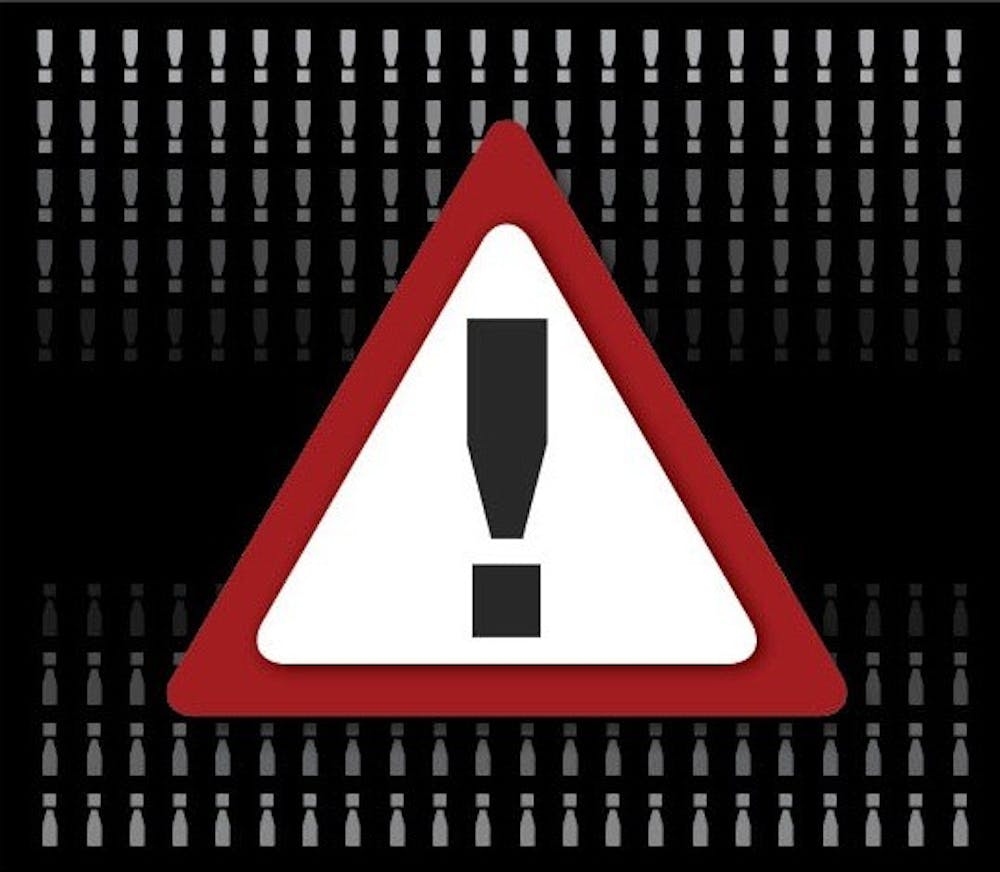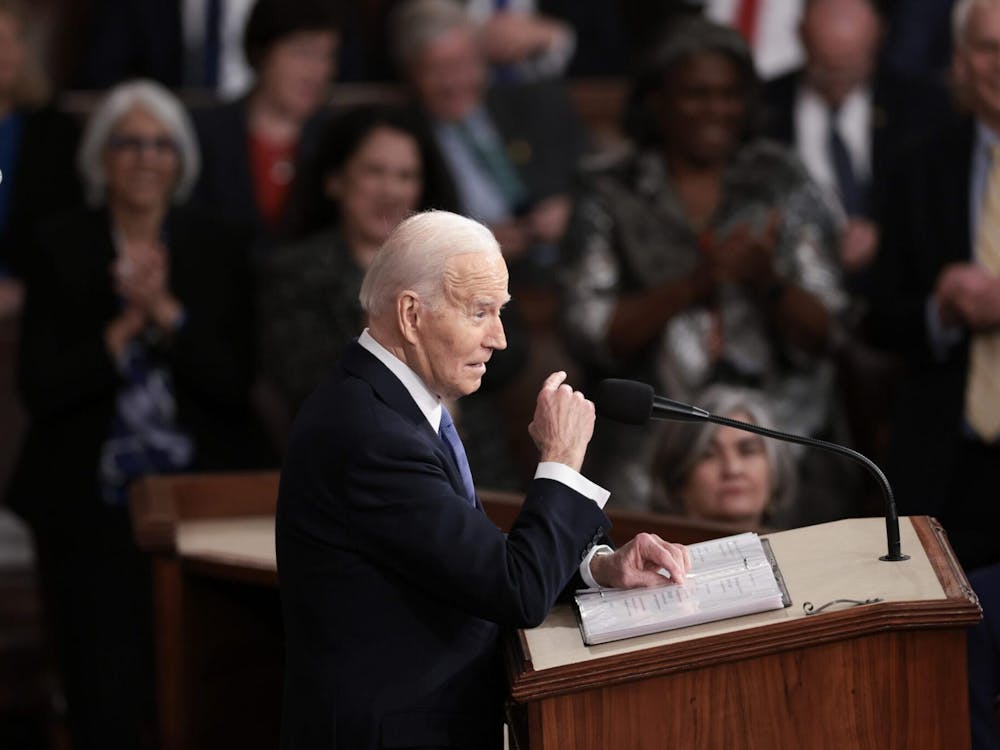Trigger warnings
A trigger warning is used to let people know about something that is possibly triggering in a book, a film and other artwork or writings. Triggering material may bring up memories of a past trauma and can disrupt learning and lead to further harm.
At other universities
University of California Santa Barbara: The student government created a proposal to require trigger warnings in classes that contain potentially disturbing content.
Oberlin College: The university published a guide for professors that asked them to consider removing disturbing classroom materials like books and films and to issue trigger warnings.
As professors begin updating their course calendars and syllabuses, faculty and students at a few universities are adding trigger warnings to protect victims of violence and abuse from being forced to relive the experience in the classroom.
The Associated Student Senate at the University of California Santa Barbara recently issued a resolution to mandate warning students when a class will include topics like rape, sexual assault, suicide and graphic violence.
Trigger warnings are given to prevent victims of past trauma from being exposed to material that may bring up memories of the experience. The memories not only disrupt their learning but can lead to further harm.
“These particularly affect students if material is being read in the classroom or a film is being screened, as the student cannot choose to stop being exposed to the material,” the resolution reads.
UC Santa Barbara isn’t the only school looking at these warnings.
Oberlin College in Ohio published a sexual offense resource guide for its faculty last year that included a section titled “understand trigger, avoid unnecessary triggers and provide trigger warnings.”
The guide urged professors to remove trigger material when it does not directly contribute to the class.
This request to remove material is what led several faculty to push back against trigger warnings and eventually, the guide was removed.
Some professors opposed the policy because it goes against the very essence of a college education — challenging students, according to the Oberlin Review.
“There’s a sort of irritated professorial response and an impatient one that would say something like, ‘My job is your discomfort,’” DeSales Harrison, associate professor of English at Oberlin College, told the Oberlin Review. “But that’s what I’m here for, and in some ways, that’s what you’re here for, for me; we’re all supposed to be on edge.”
At Ball State, professors are left free to determine whether they will include trigger warnings in their courses.
Julee Rosser, a women’s and gender studies instructor, said she includes trigger warnings in her classroom after she watched other professors doing it and after watching a student become affected by a movie she showed in class.
Rosser was showing “Finding Angela Shelton,” a documentary that has a scene where the subject confronts her father about sexually abusing her when she was young.
“One of my students came up to me later and said, ‘You should have given me a trigger warning,’” she said.
The student told her that the incest in the movie triggered her, and had the student received a trigger warning, she wouldn’t have watched it.
Rosser said the student did exactly what she should have done: confronted her.
“That is what a student should do — educate their professors about how to be better,” she said. “I am better at giving trigger warnings because of that student.”
Patrick Collier, a professor of English, said the discussion is tricky. On one hand, a professor should protect students that may experience severe psychological distress as a reaction to class material. However, he doesn’t want to see a system that is constantly protecting everyone from anything unpleasant.
“It’s important for students to have their views of the world — and their views of what art does — shaken up periodically,” he said. “Some of the most important and lasting kinds of learning experiences are not entirely pleasurable experiences.”
Collier, who teaches a film studies course and several literature studies courses, said a lot of works rely on disturbing images for their meaning and furthermore, they often rely on surprise for aesthetic effect.
While he doesn’t include formal trigger warnings when prepping students for disturbing material, he said he does warn students in a way that doesn’t overly skew the work.
It’s just common sense, he said.
For students who cannot experience a film or a novel because of violent content, Collier works around that student’s need, finding other ways to make up the credit.
But he said outright cutting disturbing content from a class would have robbed at least one student of a critical learning experience.
A student of Collier’s was reading The Crisis, the NAACP’s magazine, which had an article discussing the lynching of black people.
The student had never heard of lynching and was upset by the information. The student was driven to tears when discussing the subject in Collier’s office. The student then chose to do a research assignment on The Crisis to learn more.
“This is an example, to me, of the kind of really deep, emotionally based learning that can happen when students are exposed to upsetting things that they don’t expect,” Collier said.
It’s important to note, he said, that the student didn’t appear to have been a victim of trauma and was able to handle the emotions the experience brought up.
“At universities, it seems to me that we want to find a way to prevent [a victim sent into acute distress],” he said. “Without making it impossible for [learning through unexpected confrontation with unpleasant material] to happen.”





